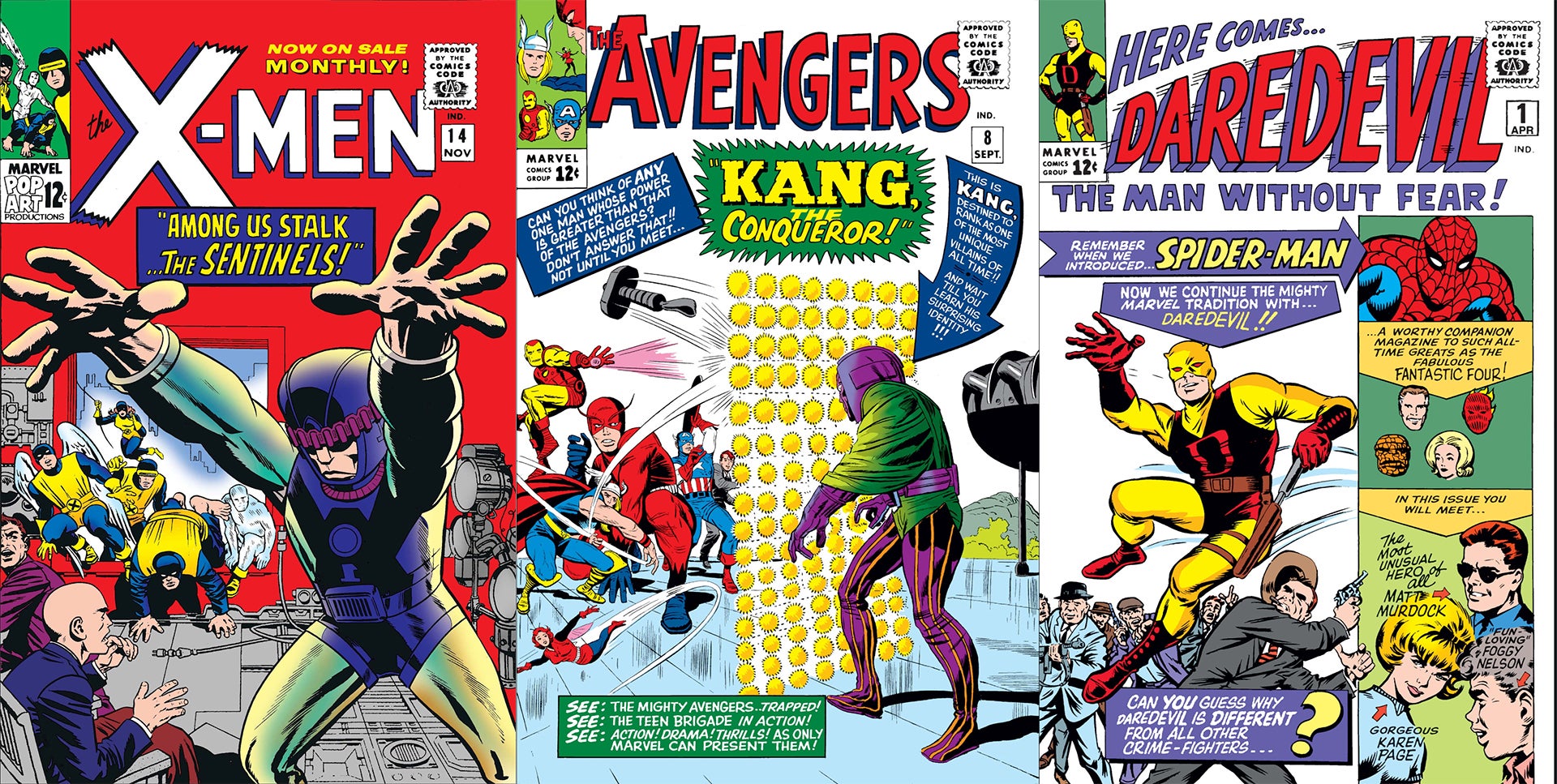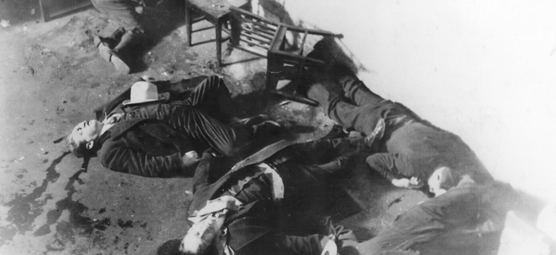One of the most notorious crimes in American history, the St. Valentine’s Day Massacre of 1929, marked a pivotal moment in the nation’s legal battle against organized crime. On February 14, seven members of Chicago’s North Side Gang were lined up and executed by men dressed as police officers—an act widely believed to be orchestrated by Al Capone’s South Side gang. Though Capone was never directly charged, the event shocked the public and exposed how deeply criminal enterprises had infiltrated law enforcement and local politics.
The massacre’s brutality and brazenness led to a surge in public demand for reform. It pressured federal authorities to strengthen laws targeting organized crime, eventually laying the groundwork for broader legal tools like the RICO Act (Racketeer Influenced and Corrupt Organizations Act) decades later. While local authorities struggled to convict powerful mob leaders, the federal government began leveraging tax laws and conspiracy charges to dismantle crime networks—most famously leading to Al Capone’s imprisonment in 1931 for tax evasion.
Today, the St. Valentine’s Day Massacre is not only a grim reminder of Prohibition-era violence but also a historical milestone that shifted how law enforcement approaches complex criminal organizations. It remains a case study in the importance of forensic innovation, inter-agency collaboration, and legislative evolution in fighting crime at the highest levels.







